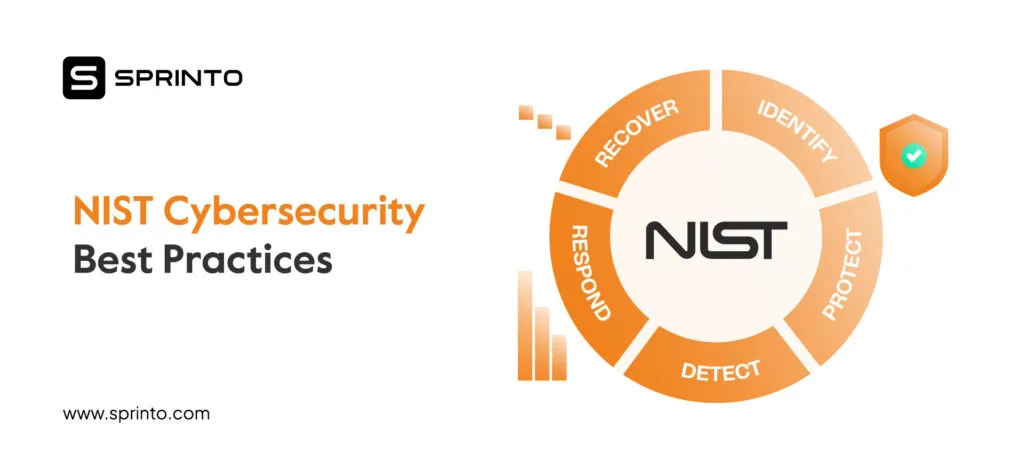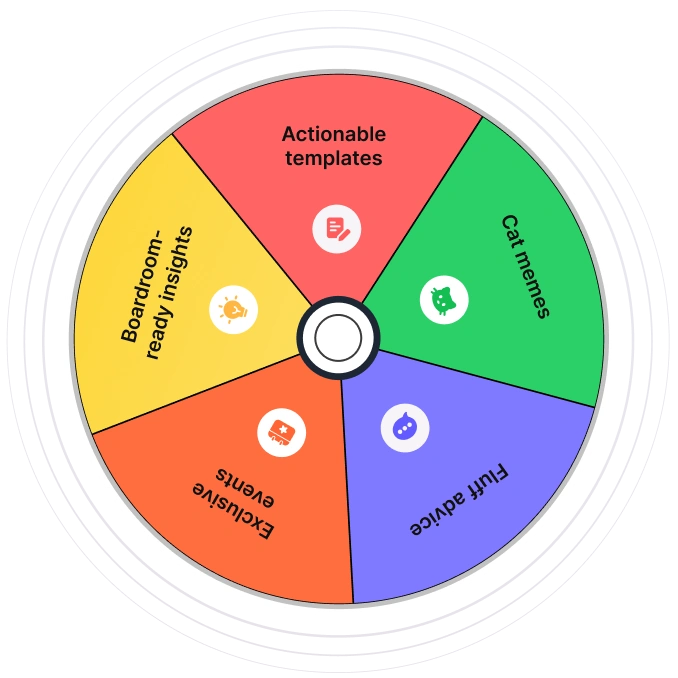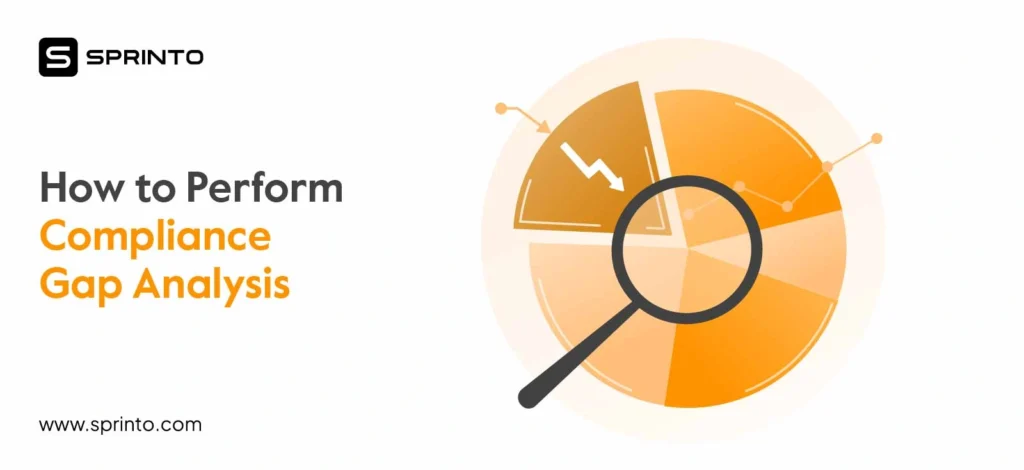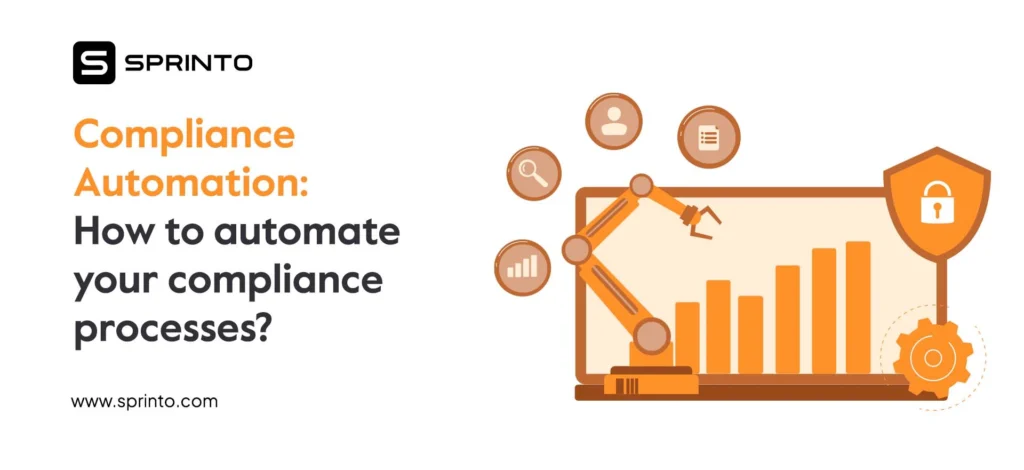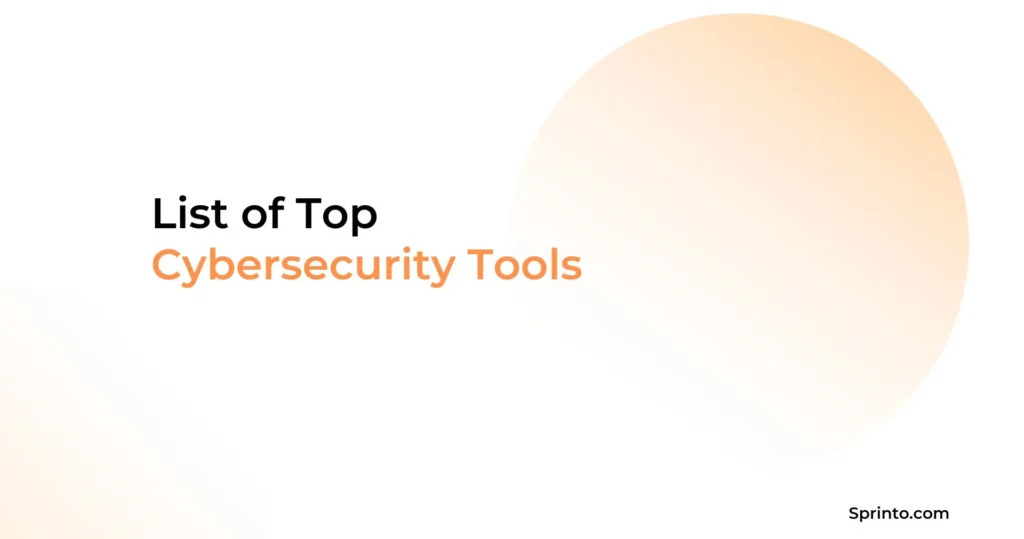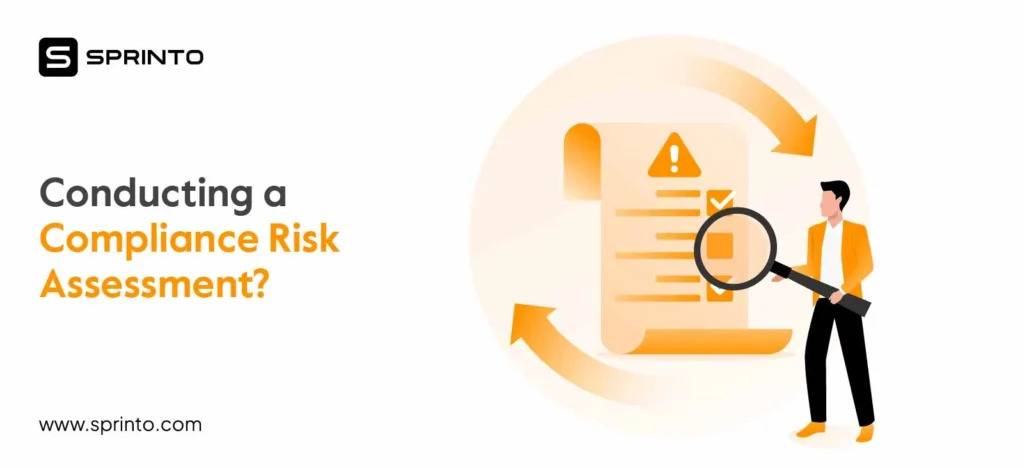The NIST cybersecurity framework holds a reputable name in the world of cybersecurity. It is mandatory for companies within the US federal network but companies from other industries like SaaS and tech can also adopt it should they have clients within the network.
Unlike many other frameworks, NIST has a non-typical approach to implementation and best practices. It focuses on outcomes rather than issuing formal and rigid protocols and lets organizations build their security muscle.
NIST’s mission is to assist businesses in harmonizing their business goals with security priorities. But this doesn’t make the certification process any easier.
In this blog, we help you gain a better understanding of NIST cybersecurity best practices and how they can help your company grow.
Overview of NIST cybersecurity
The National Institute of Standards and Technology or NIST for short is a non-regulatory U.S. federal agency within the Department of Commerce.
It aims to foster an environment of innovation, competitiveness, and collaboration. NIST engages in cybersecurity initiatives to assist organizations in building resilience and conducts research activities to stay ahead of technological advancements and threats.
The Cybersecurity Framework (CSF) by NIST is a set of globally accepted guidelines, standards, and effective practices and one of its most notable contributions. It enables organizations to strengthen their cybersecurity posture and enhance risk management strategies by integrating effective practices.
The CSF has three main components: Core, Profile and Tiers. The core comprises 5 key functions that enable an organization to achieve its cybersecurity goals. Framework profile assists organizations in creating a current-state profile and target profile based on current practices and risk-based requirements.
Implementation tiers are based on risk management approach, processes and exchange of cybersecurity insights with external parties. The tiers range from Tier 1 (partial) to Tier 4 (Adaptive) covering the organizations that take an-ad hoc approach to cybersecurity to the ones who have completely integrated framework standards into their current strategies.

Also check out this video on the core components of of NIST CSF
How can NIST help businesses grow?
NIST extends exceptional support to businesses by assisting them with tightening their cybersecurity practices, providing them the opportunity to network, research, and implement industry-specific initiatives.
Here’s how it helps businesses grow:
Managing cybersecurity risks
The NIST CSF, NIST special publications (SP) like 800-30 provide guidelines on conducting risk assessments while NIST’s RMF (Risk management framework) provides outcome-driven recommendations for businesses.
A wide array of industry-specific advice and training material is available to help businesses with understanding risk profiles, identifying threats, and choosing the right risk response strategies.
Meeting compliance obligations
Adhering to the NIST compliance guidelines and security standards can help organizations implement the right controls for protection of sensitive information. Additionally, NIST compliances (NIST CSF, NIST 800-53, NIST 800-171) have a number of overlapping requirements with other frameworks such as ISO 27001.
As a bonus, we have collated the NIST 800 53 Controls List to help you with the risk assessment. Take a look:
Download Your NIST 800-53 Controls List
So, implementing NIST can help businesses drive and scale their compliance journeys by adding to an already sophisticated data security framework.
Enhancing incident preparedness
NIST provides several resources and guidelines for incident response planning including assigning duties, conducting scans, communication policies and more. The NIST SP 800-61, specifically, provides special guidelines on computer security incident handling. It covers incident identification and helps with carrying out next steps like containment and recovery.
Furthermore, it also provides guidance on procuring technology and tools for enhancing incident response capabilities of businesses.
Addresses small business challenges
Small businesses are more susceptible to attacks due to lack of knowledge and resources. NIST has a dedicated small business cybersecurity corner offering tailored guidance, solutions training and other free resources. These initiatives help small businesses navigate through their unique challenges and integrate cybersecurity into their workflows.
List of NIST best practices
Following a framework is an easy and clear way to bolster an organization’s security defenses. It provides a roadmap for further action and ensures there’s no drift from the journey. NIST cybersecurity certification best practices are outlined as functions divided into outcome categories.
Let’s have a look at these 5 NIST functions and 23 outcome categories which form cybersecurity best practices:

Identify
The identify function assists businesses in understanding the cybersecurity efforts required as per their unique business landscape and current risks.
This involves gaining insights into their systems, assets, data and capabilities as well as their risk profile. The sensitivity of information held and processed by organizational systems and networks must be analyzed to comprehend the repercussions of disclosure or unauthorized access. This aids in assigning appropriate risk severity scores.
Next, existing practices must be reviewed to develop a cybersecurity program that aligns with identified risks and is consistent with the organization’s existing strategies.
The categories in this function include
| Outcome category | Examples of framework outcome |
| Asset management | Identify all crucial assets |
| Business environment | Identify business context |
| Governance | Identify established practices |
| Risk assessment | Identify vulnerabilities and risks |
| Risk management strategy | Identify a tactical mitigation plan |
| Supply chain risk management | Identify a plan to manage supply chain disruptions |
How Sprinto helps here: Sprinto automatically suggests what systems should be a part of a critical systems list, has a risk library for quantitative risk assessments and mitigation plans for reducing risk severity.
Protect
The protect function advocates the implementation of protective measures to ensure the confidentiality, integrity, and availability of critical infrastructure.
This includes deployment of appropriate safeguards for people, devices, and other information assets for uninterrupted services. Using measures like endpoint management systems, secure configurations, strong passwords etc. help in defending the perimeter and thereby aids in risk reduction and containment.
The categories in this function include
| Outcome category | Examples of framework outcome |
| Identity management and access control | Protect critical systems and information by restricting access |
| Awareness and training | Protect against human error breaches by educating |
| Data security | Protect confidentiality, integrity, and availability of sensitive information by employing various methods like encryption, firewalls etc. |
| Information protection processes and procedures | Protect information systems and assets by employing strong security processes |
| Maintenance | Protect organizational resources by regular maintenance activities like data backups |
| Protective technology | Protect organizational resilience by procuring the right technology |
How Sprinto helps here: Sprinto supports role-based access controls, endpoint detection and management, publishing of security training and keeps checks on infrastructure assets for regular backups, encryption etc.
Detect
The detect function emphasizes on the importance of implementing processes that facilitate early detection of suspicious behaviour.
This includes catching signs of malicious activities by collecting data from various sources and correlating it to identify any patterns. The goal is to provide richer context for real-time alerts and enable root-cause analysis for further improvements.
Tools like user behaviour analytics, log monitoring and intrusion detection systems can be used for such activities.
The categories in this function include:
| Outcome category | Examples of framework outcome |
| Anomalies and events | Detect abnormal behavior using various tools and technologies |
| Security continuous monitoring | Detect any indicators of compromise by continously monitoring network traffic, user behaviour etc. |
| Detection processes | Detection processes must be maintained for timely intrusion response |
How Sprinto helps here: There are proactive alerts with context to clarify the nature of risk for quick response.
Respond
The respond function focuses on containing the damage caused by detected anomalies through the application of response strategies and processes.
The countermeasures must be implemented faster than the incident spread to reduce downtime and restore normal business operations. Roles and responsibilities for every response activity must be established, whether it involves initiating mitigation measures or communicating with the concerned parties.
The categories in this function include:
| Outcome category | Examples of framework outcome |
| Response planning | Respond by maintaining an incident response plan |
| Communication | Respond by communicating about the event to appropriate stakeholders |
| Analysis | Respond by analysing the nature and impact of incident |
| Mitigation | Respond by performing mitigation activities |
| Improvements | Respond by implementing continous improvement measures |
How Sprinto helps here: Sprinto has systematic escalations for tiered remediation and built-in automated incident management system.
Recover
The recovery function aims at assisting businesses in getting their systems up and running and restoring routine operations. This is a layered process with multiple phases beginning from recovery planning to repairing and replacing affected systems and testing the changes to validate secure functioning. The concerned parties must be regularly updated on recovery activities to win back trust and confidence.
The categories in this function include
| Outcome category | Examples of framework outcome |
| Recovery planning | Recover by planning restoration processes |
| Improvements | Recover by applying learnings for improvements |
| Internal and external communication | Recover by facilitating transparent communication with concerned parties about the progress |
Note: The 23 categories are further divided into 108 sub-categories which are controls and outcome-driven statements.
“From a security standpoint, NIST CSF is designed to help you manage risks and identify where your risks are. And as a business driver, if your clients are in the critical infrastructure space, all of them are going to have some requirements around the NIST standards”
Steve Siedeman: Director of innovation, Prescient security
Great advice adds up. Get more from the brightest minds in GRC — Subscribe to our newsletter
Sprinto supports the NIST framework
NIST is an excellent starting point for infosec and cybersecurity for all organizations, especially SMBs. The CSF is a widely accepted framework in the US and can be used to build other major compliances like FISMA, SOC 2, PCI, and ISO. The varying levels of implementation tiers and flexibility offered by NIST make it a friendly framework for any organization that wants to improve its security posture.
Sprinto makes NIST adoption and compliance easy with its adaptive automation capabilities. It enables the seamless integration of critical systems and people across the organization for faster implementation and compliace. Sprinto acts as a single source of truth for all your compliance-related activity such as policy management, security training, endpoint protection, control monitoring, and audit-readiness.
Speak to our experts today and we’ll help you breeze through your NIST journey.
FAQs
Does NIST provide a checklist of what organizations must do?
No, NIST only provides outcome categories for managing cybersecurity risks. It advocates for a tailored framework adoption as per business requirements, risks and security maturity.
Is the NIST cybersecurity framework mandatory for my organization?
NIST CSF is voluntary. It may however be required for some government contracts or industry regulations. Although the framework is not mandatory, any organization that aims to strengthen its security stance must implement CSF guidelines.
Do NIST standards also relate to FISMA compliance?
NIST has issued guidelines for complying with FISMA. Following those guidelines along with other cybersecurity practices laid down by the non-regulatory agency can help you comply with FISMA quicker.
Payal Wadhwa
Payal is your friendly neighborhood compliance whiz who is also ISC2 certified! She turns perplexing compliance lingo into actionable advice about keeping your digital business safe and savvy. When she isn’t saving virtual worlds, she’s penning down poetic musings or lighting up local open mics. Cyber savvy by day, poet by night!
Explore more
research & insights curated to help you earn a seat at the table.



